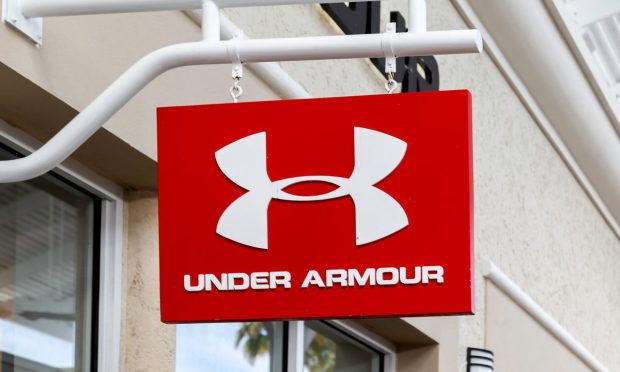Under Armour’s D2C Business Sees Shift From Web to Stores

Athletic footwear and apparel maker Under Armour said Friday (Feb 11) that its direct-to-consumer (D2C) revenues rose 10% in the fourth quarter, as consumers went back to shopping in-stores again compared to widespread closures a year ago.
The shopping shift, however, also saw growth in the company’s eCommerce business slow to 4% for the three months ending Dec. 31, although still accounted for 42% of total D2C business.
For the full year, the Baltimore-based athletic gear manufacturer reported a 4% increase in eCommerce for 2021, which represented 39% of its total direct-to-consumer business. Wholesale revenue increased 36% to $3.2 billion, and direct-to-consumer revenue increased 26% to $2.3 billion, driven by strong performance in its owned and operated stores and eCommerce.
CEO Patrik Frisk noted that following a 40% increase in 2020, Under Armour’s eCommerce business has been up nearly 45% in the past two years. He said that result gives the company “confidence that this business is well positioned following a prolonged period of elevated promotional activities 2021.”
“There was excellent progress over two years driven by benefits from pricing and a more favorable channel mix that offset by supply chain headwinds related to COVID-19 and the absence of myfitnesspal (app) which we sold at the end of 2020,” Frisk said in a conference call.
Those supply chain headwinds did give some chills to the stock market as Under Armour shares fell nearly 10% after the call ended.
There was also a slight dip in eCommerce for the quarter that ended Dec. 31, as the company reported a 4% decline in digital sales, which represented 33% of its total direct-to-consumer business. Meanwhile, wholesale revenue increased 10% to $911 million while D2C was up 12% to $604 million, much of which came from a strong performance of company owned stores.
A reason for those numbers was Under Armour’s decision to reduce sales on its off-price channel and cut ties with 2,500 retailers in North America. This boosted direct-to-consumer in 2021 versus 2019, when direct-to-consumers was up by 29%.
This, Frisk said, brings “strong momentum in our owned and operated stores and our eCommerce business.”
The company is looking to continue building on its North American market, which is its largest segment by expanding its eCommerce business, despite the decline from its 2020 peak as the pandemic took hold.
“We stayed focused on quality by investing in high return vehicles like targeted PLS and improved product wayfinding to improve our online shopping experience,” Frisk said. “And it’s working in 2021. While we did experience a year-over-year traffic decline, it was more than offset by meaningful increasing conversion and therefore solid revenue growth.”
